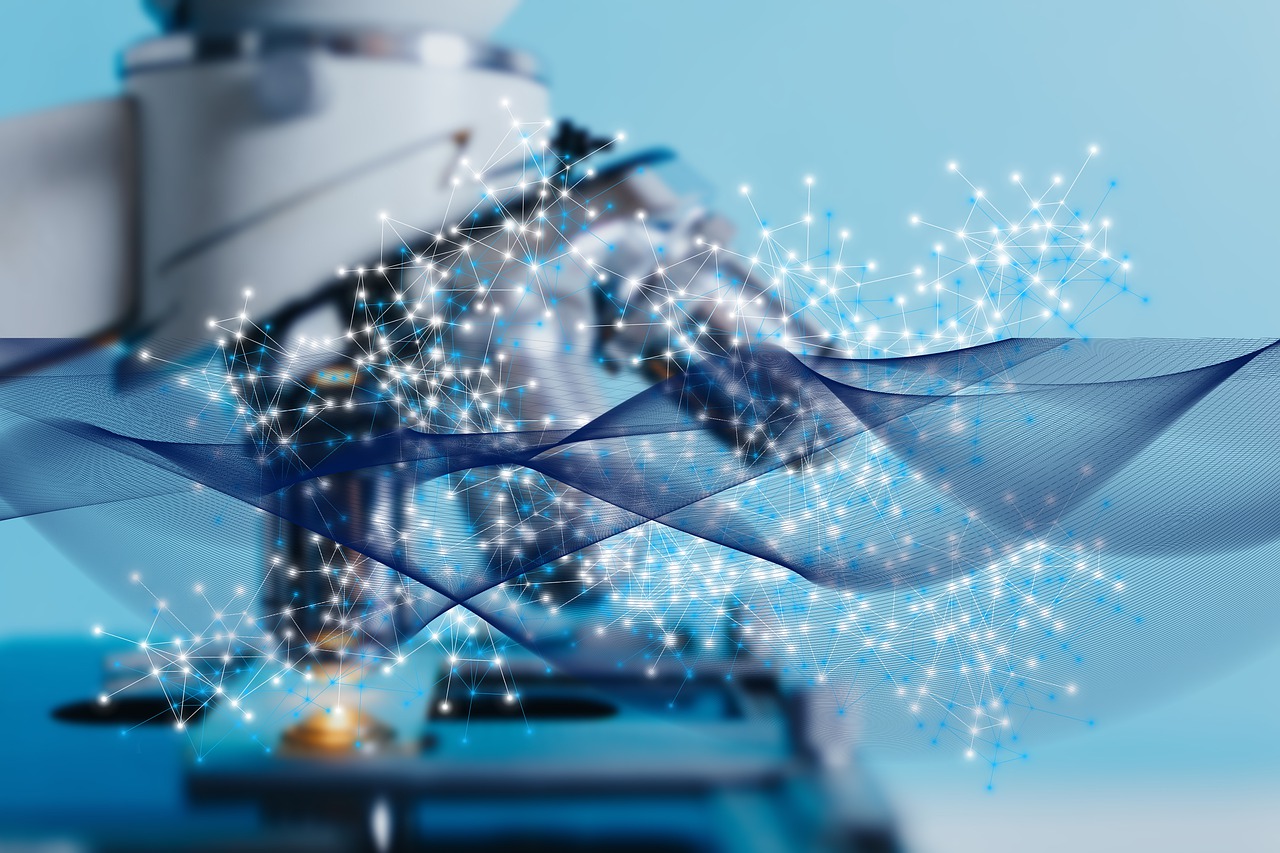What TRT in Australia Think is the Reason Why Does the Novel Coronavirus Seem to Hit Men Harder?
In the early part of January of this year when Wuhan, China first reported that an alarming number of people in their area perished from the novel coronavirus where the ratio is 3 out of every 4 hospitalized patients were male.
Data gathered from every corner of the globe show that men are at a greater risk of facing a more aggravated illness and premature death due to COVID-19 than women. Fortunately, children are not facing the same kind of peril.
Scientists have been running against time in this race. They have been working like a dog every day in trying to figure out through their investigation how the novel coronavirus is carrying out its deadly work.
So far, they were able to zero in on one likely reason, the androgens, particularly testosterone in men. Studies show that androgens have a significant role in the virus’ ability to penetrate human cells.
There is an emerging plethora of data coming from the trt in the Australia industry which seems to be supporting this idea. This would also cover the outcomes of men with prostate cancer and COVID-19.

Preliminary observations of medical and scientific laboratories in Spain signify that an inordinate number of the male population, who also happen to have male pattern baldness, which is strongly associated with a high concentration of androgens, would be ending up in hospital beds due to COVID-19.
Teams of researchers are moving against time to run a series of clinical tests on approved drugs that are known to dampen up the effects of androgens, deploying them at the early stages of infection. They are in the hope that it will slow down the virus’ activity and thus allow them to buy time to allow the body’s immune system to bounce back.
Global epidemiological data substantiate the earlier reports of the vulnerability of the male population. Like for instance, in Lombardy in Italy, 82% of 1,591 patients admitted to ICU (intensive care units) from 20 of February to 18 of March were men. And when it comes to the male mortality, data showed that it far exceeded those of women.
Due to this, a concerted effort is now being taken by a team of researchers whose primary goal is to track the mechanism trail for this male bias which is associated with androgens. University of California’s Christina Jamieson, who successfully developed organoids and helped them in their study of prostate cancer. She received a text message from her sister, who also happens to be a UC San Diego scientist, which read “TMPRSS2.”
Jamieson was able to read the published paper that prompted the text message she received. The work was done by the Leibniz Institute for Primate Research’s Markus Hoffman. The paper is a eureka moment for everyone concerned in the prostate research and TRT in Australia community.
The results indicated that SARS-CoV-2 infection, the virus itself that is inducing COVID-19 is highly dependent on a membrane-bound enzyme, TMPRSS2. They were able to identify the behavior of the enzyme, cleaving the coronavirus surface so that it can fuse itself with the cell membrane of the host, eventually enabling it to get inside the cell.
However, these researchers were not able to establish yet that androgens have a significant level of control in the TMPRSS2 of the human lungs — which is the ground of infection for the SARS-CoV-2 — much like how they take things out in the prostate. Simulated studies in mice cells and lung tissues gave them conflicting results, keeping them from arriving at a solid conclusion.
Right after establishing the Cell paper, the molecular oncology head from the Università Della Svizzera Italiana further intensified the relevance of androgen which is done by delving into the data of around 42,000 men afflicted with prostate cancer.
Their research revealed that male patients who were under the ADT or androgen-deprivation cancer treatment — which are prescription drugs designed and formulated to slash down T-levels — where one-quarter are anticipated to contract the COVID-19 as prostate cancer patients who are not on the ADT program.
Moreover, men who were on the ADT program showed that the odds for men on ADT to be hospitalized were lesser, even though the figures were relatively small.
In the early part of January of this year when Wuhan, China first reported that an alarming number of people in their area perished from the novel coronavirus where the ratio is 3 out of every 4 hospitalized patients were male.
Data gathered from every corner of the globe show that men are at a greater risk of facing a more aggravated illness and premature death due to COVID-19 than women. Fortunately, children are not facing the same kind of peril.
Scientists have been running against time in this race. They have been working like a dog every day in trying to figure out through their investigation how the novel coronavirus is carrying out its deadly work.
So far, they were able to zero in on one likely reason, the androgens, particularly testosterone in men. Studies show that androgens have a significant role in the virus’ ability to penetrate human cells.
There is an emerging plethora of data coming from the trt in the Australia industry which seems to be supporting this idea. This would also cover the outcomes of men with prostate cancer and COVID-19.

Preliminary observations of medical and scientific laboratories in Spain signify that an inordinate number of the male population, who also happen to have male pattern baldness, which is strongly associated with a high concentration of androgens, would be ending up in hospital beds due to COVID-19.
Teams of researchers are moving against time to run a series of clinical tests on approved drugs that are known to dampen up the effects of androgens, deploying them at the early stages of infection. They are in the hope that it will slow down the virus’ activity and thus allow them to buy time to allow the body’s immune system to bounce back.
Global epidemiological data substantiate the earlier reports of the vulnerability of the male population. Like for instance, in Lombardy in Italy, 82% of 1,591 patients admitted to ICU (intensive care units) from 20 of February to 18 of March were men. And when it comes to the male mortality, data showed that it far exceeded those of women.
Due to this, a concerted effort is now being taken by a team of researchers whose primary goal is to track the mechanism trail for this male bias which is associated with androgens. University of California’s Christina Jamieson, who successfully developed organoids and helped them in their study of prostate cancer. She received a text message from her sister, who also happens to be a UC San Diego scientist, which read “TMPRSS2.”
Jamieson was able to read the published paper that prompted the text message she received. The work was done by the Leibniz Institute for Primate Research’s Markus Hoffman. The paper is a eureka moment for everyone concerned in the prostate research and TRT in Australia community.
The results indicated that SARS-CoV-2 infection, the virus itself that is inducing COVID-19 is highly dependent on a membrane-bound enzyme, TMPRSS2. They were able to identify the behavior of the enzyme, cleaving the coronavirus surface so that it can fuse itself with the cell membrane of the host, eventually enabling it to get inside the cell.
However, these researchers were not able to establish yet that androgens have a significant level of control in the TMPRSS2 of the human lungs — which is the ground of infection for the SARS-CoV-2 — much like how they take things out in the prostate. Simulated studies in mice cells and lung tissues gave them conflicting results, keeping them from arriving at a solid conclusion.
Right after establishing the Cell paper, the molecular oncology head from the Università Della Svizzera Italiana further intensified the relevance of androgen which is done by delving into the data of around 42,000 men afflicted with prostate cancer.
Their research revealed that male patients who were under the ADT or androgen-deprivation cancer treatment — which are prescription drugs designed and formulated to slash down T-levels — where one-quarter are anticipated to contract the COVID-19 as prostate cancer patients who are not on the ADT program.
Moreover, men who were on the ADT program showed that the odds for men on ADT to be hospitalized were lesser, even though the figures were relatively small.

